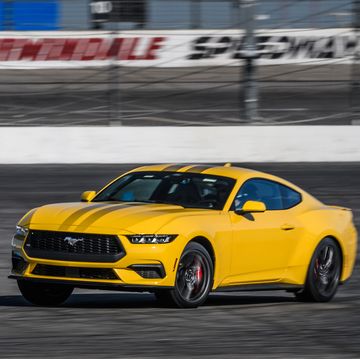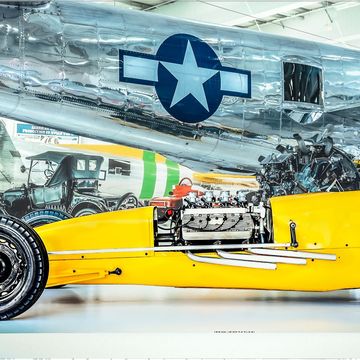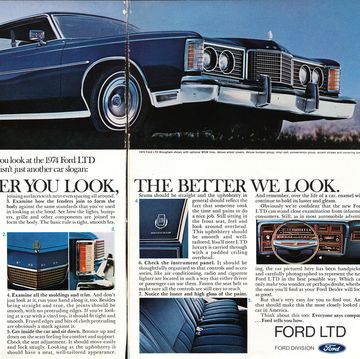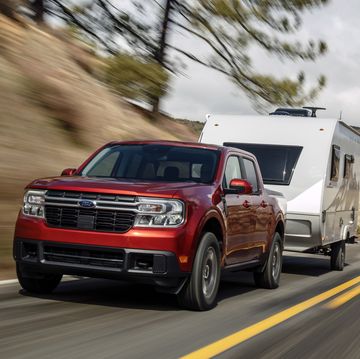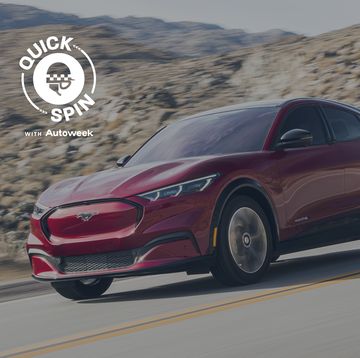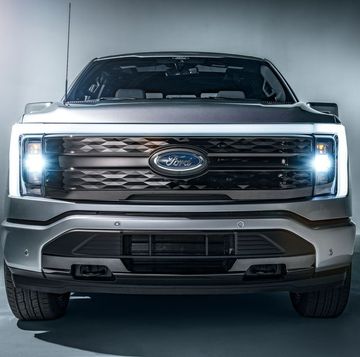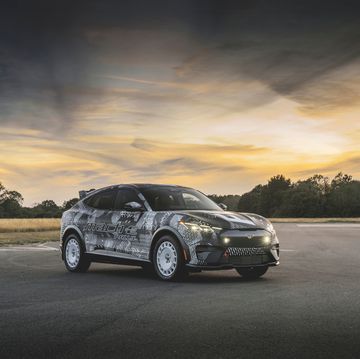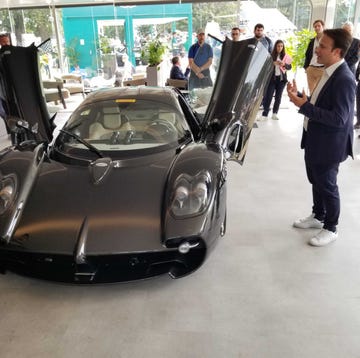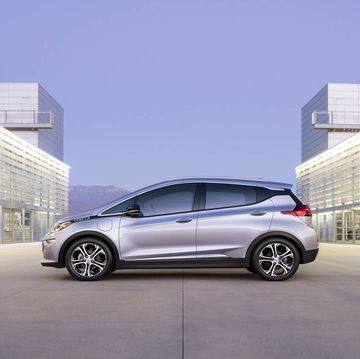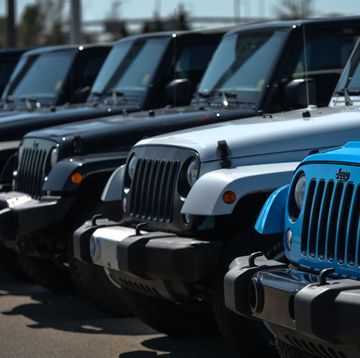- Ford reaches deal with Tesla to allow Ford EV owners to use the Supercharger network in the US and Canada starting in 2024.
- Ford vehicles will require a software update and a connector adapter to use Tesla's North American Charging Standard (NACS).
- Starting in 2025, Ford EVs will feature a built-in Tesla charging socket, removing the need for a hardware adapter.
Tesla had promised to open up its massive Supercharger network for years now, with CEO Elon Musk making a series of generally positive statements regarding the idea for a while. Tesla owners polled about this possibility from time to time weren't particularly enthused about seeing lots of non-Tesla vehicles clogging Supercenter stations.
But industry logic held that that at some point in the future, when EV adoption reaches a certain percentage of the new car market, it would make sense for Tesla to begin making money from letting other EVs use its Supercharger stations rather than letting the proprietary connector become a mechanism of excluding others, while also placing Tesla owners at a disadvantage as other networks surged in number.
By some estimates, the point of opening access was expected to happen when Tesla vehicles (and stations) would become a minority among EV connector standards, but opinions on timing differed.
But it wasn't until recently that Tesla had started letting other EVs use its stations—and only in Europe at first—where Teslas use CCS connectors.
Starting in 2024, Ford EV owners and lessees will be able to use over 12,000 Tesla Supercharger stalls in the US and Canada. Tesla's Superchargers will add to some 10,000 chargers that are already available to Ford EV owners through the automaker's BlueOval Charge Network.
"This is great news for our customers who will have unprecedented access to the largest network of fast-chargers in the US and Canada with 12,000+ Tesla Superchargers plus 10,000+ fast-chargers already in the BlueOval Charge Network," said Jim Farley, Ford president and CEO.
Using Tesla's proprietary Superchargers will require a hardware adapter, as well as a software update. So this step will require owners of the Ford F-150 Lightning, Mustang Mach-E, and E-Transit, which use a Combined Charging System (CCS) port, to obtain a connector, with payment and activation planned to work through FordPass or Ford Pro Intelligence.
"Tesla has led the industry in creating a large, reliable, and efficient charging system and we are pleased to be able to join forces in a way that benefits customers and overall EV adoption," said Marin Gjaja, chief customer officer at Ford Model e. "The Tesla Supercharger network has excellent reliability, and the NACS plug is smaller and lighter. Overall, this provides a superior experience for customers."
Tesla's Supercharger network has indeed been one of the most lauded and non-controversial aspects of the Tesla user experience when it comes to hardware reliability, user interface, station upkeep, and network reach. Other EV networks present in the US have largely been unable to replicate its level of reliability—still one of the most frequently cited barriers to EV adoption.
"Widespread access to fast-charging is absolutely vital to our growth as an EV brand, and this breakthrough agreement comes as we are ramping up production of our popular Mustang Mach-E and F-150 Lightning, and preparing to launch a series of next-generation EVs starting in 2025," Farley added.
What's more, Ford says that starting in 2025, its EVs will feature Tesla's North American Charging Standard (NACS) connector as a built-in item, and will not need an adapter. So in a relatively short span of time, Ford EV owners will be able to obtain access to Tesla's network in the US and Canada.
With Ford vehicles slated to start using the network, this move could also motivate other automakers to adopt Tesla's North American Charging Standard (NACS) connector standard as one of the two main types.
More details about the hardware and software updates will be released as 2024 approaches.
Will the use of Tesla's Supercharger network be a significant incentive to buy Ford EVs, or will other factors be more important to buyers? Let us know what you think.

Jay Ramey grew up around very strange European cars, and instead of seeking out something reliable and comfortable for his own personal use he has been drawn to the more adventurous side of the dependability spectrum. Despite being followed around by French cars for the past decade, he has somehow been able to avoid Citroën ownership, judging them too commonplace, and is currently looking at cars from the former Czechoslovakia. Jay has been with Autoweek since 2013.



